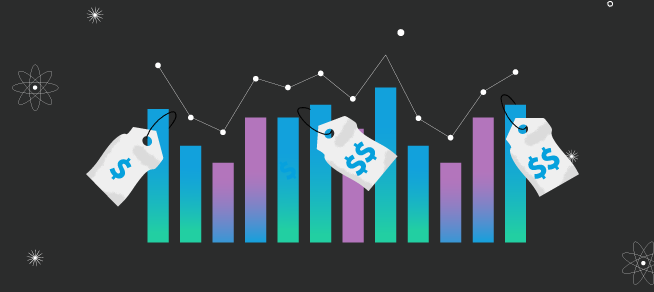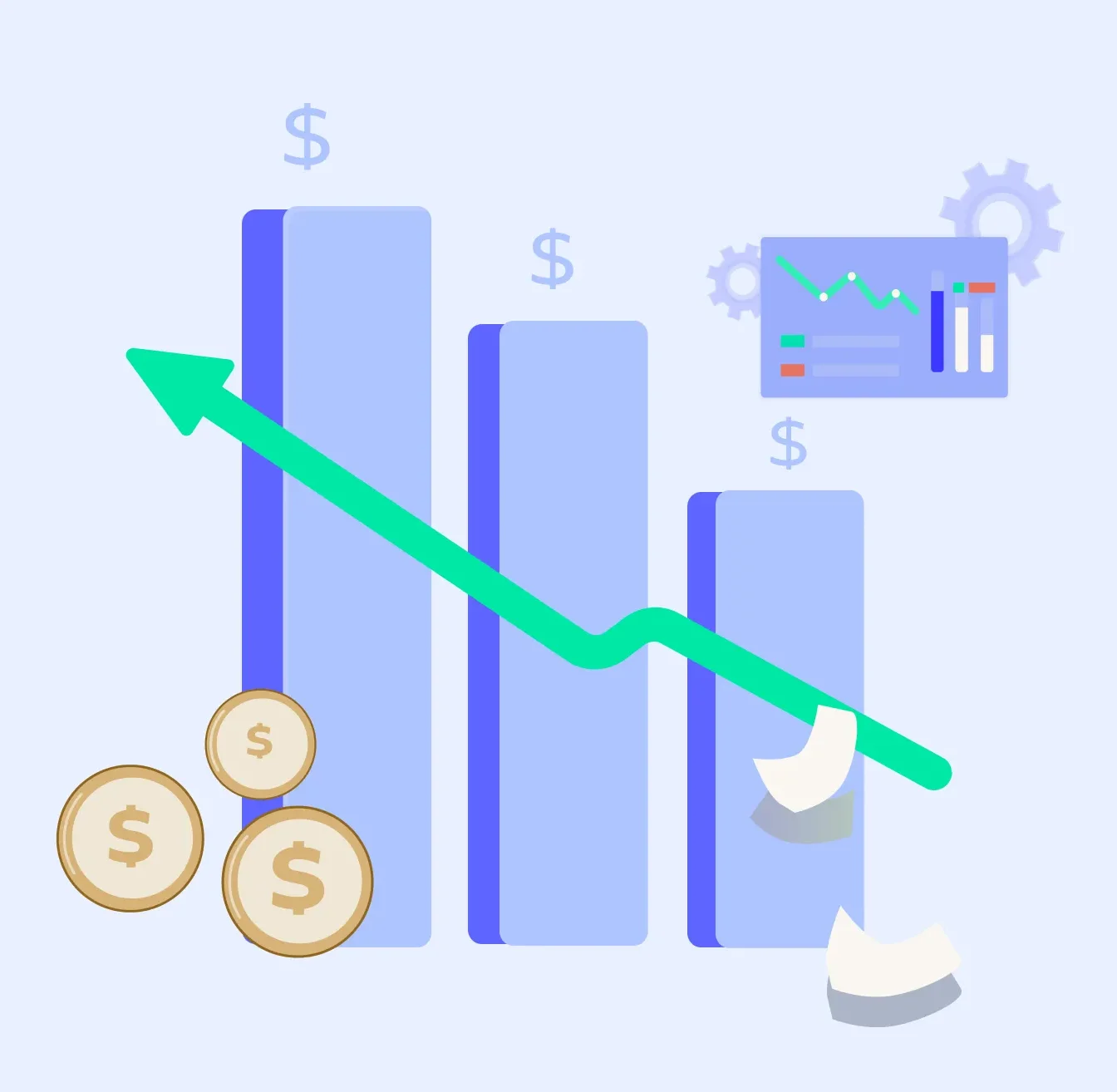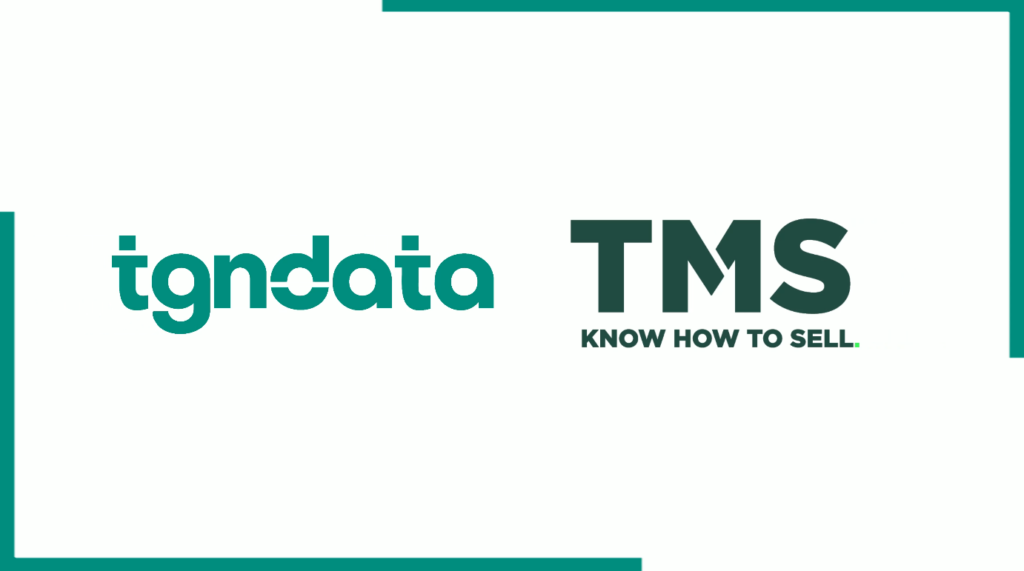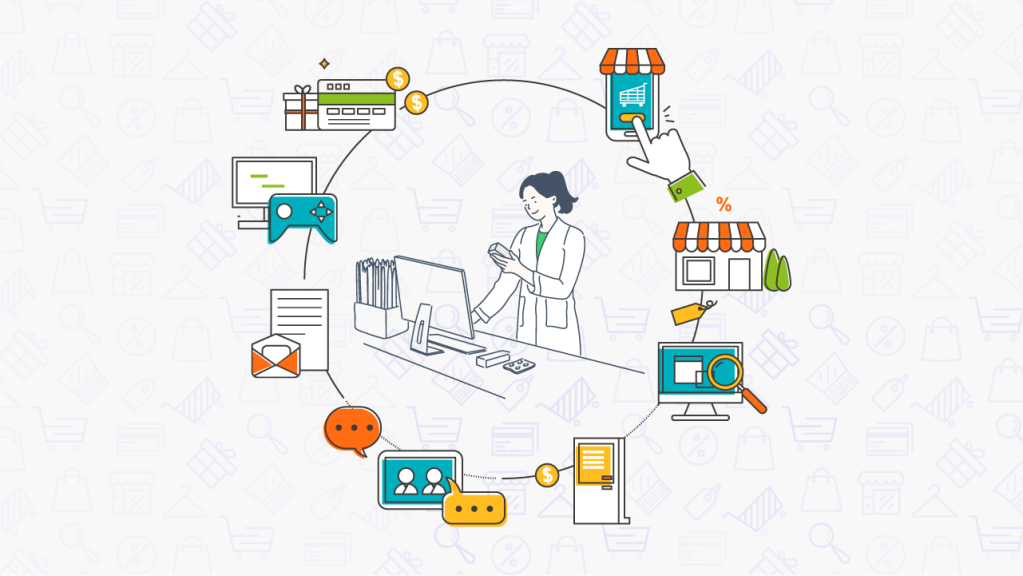Edit Content
Imagine you’re scrolling through your favorite online retailer, ready to snag that perfect pair of sunglasses. But wait! The price you saw yesterday has mysteriously climbed a few euros. Is it a glitch in the matrix, a sudden surge in popularity, or something more strategic? This, my friend, is the power of dynamic pricing at play.
In the dynamic world of e-commerce, where competition is fierce and customer behavior ever-evolving, static pricing just doesn’t cut it anymore. A pricing strategy that adjusts prices based on real-time market conditions, is becoming an essential tool for businesses looking to stay ahead of the curve.

Think of it like a virtual price tag with a mind of its own. It constantly analyzes a variety of factors, including:

The benefits for e-commerce businesses are numerous:
Is dynamic pricing a magic bullet?
Like most things in business, isn’t a one-size-fits-all solution. Here are some things to consider:
Ready to Embrace the Dynamic?
Start by researching the various pricing models and tools available. Analyze your target market, competitor landscape, and product demand patterns. Finally, remember that testing and refining your dynamic pricing strategy is crucial to ensure it aligns with your business goals and customer expectations.













Missing an important marketplace?
Send us your request to add it!